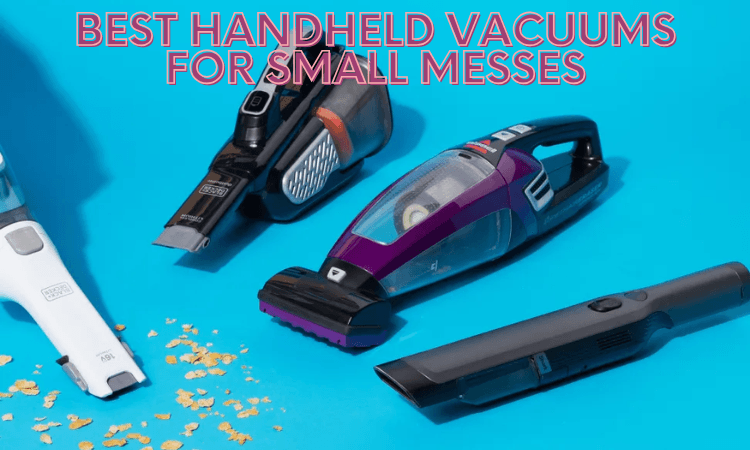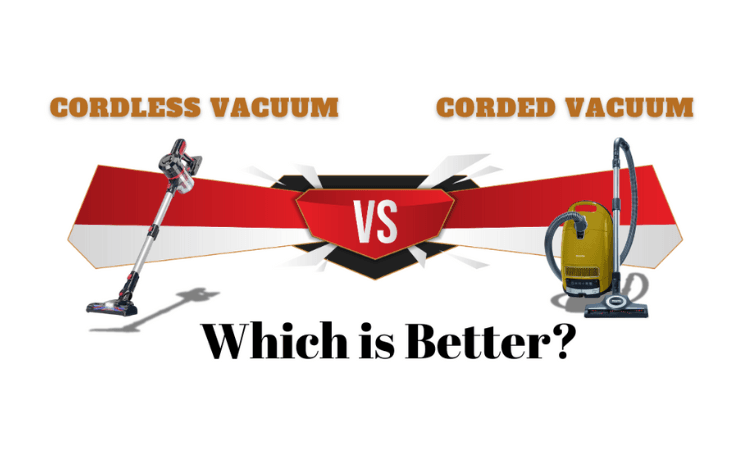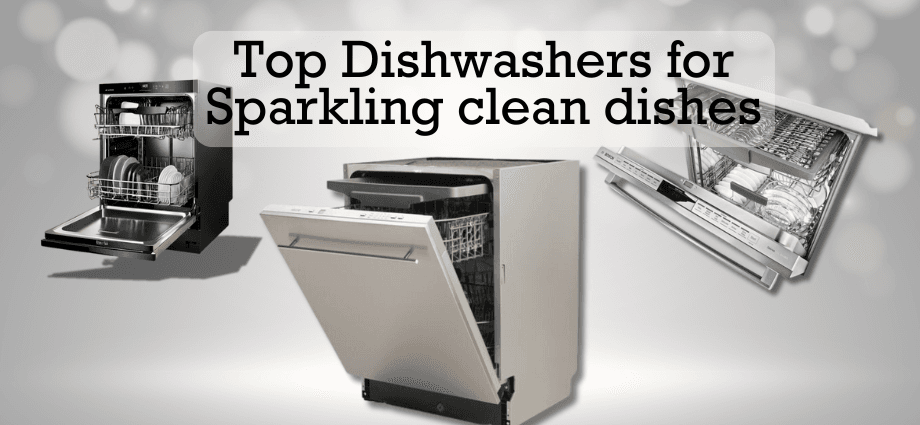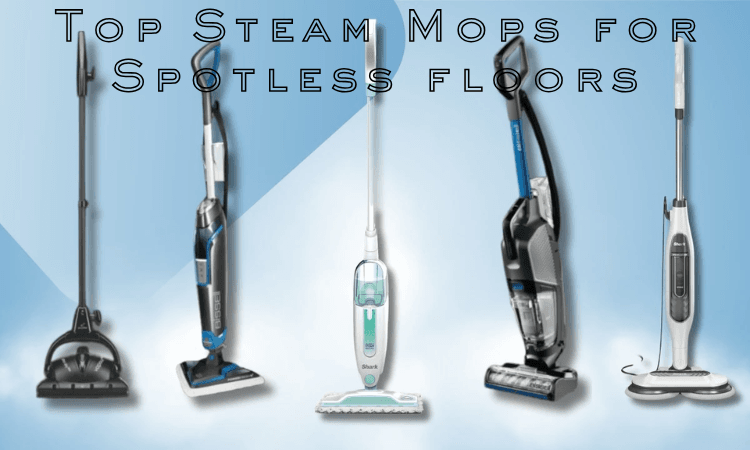Maintaining clean indoor air is essential for a healthy home. Air purifiers can be a key tool in ensuring that the air we breathe indoors is free from harmful particles, allergens, and pollutants. In this article, we’ll explore how air purifiers improve air quality, contribute to cleaner homes, and offer health benefits. We’ll also provide tips on choosing the right air purifier for your home and maximizing its effectiveness.
What Are Air Purifiers?
Air purifiers are devices designed to filter out pollutants and allergens from the air, improving indoor air quality. These devices can remove a wide range of particles, including dust, pet dander, pollen, smoke, and even some viruses and bacteria.
Definition and Purpose
The primary function of an air purifier is to clean the air by removing harmful particles. By circulating air through filters, they capture pollutants, helping to create a healthier environment indoors.
Types of Air Purifiers
There are several types of air purifiers, each with different filtration technologies. Some of the most common include:
- HEPA Air Purifiers: Known for their ability to capture very fine particles, including pollen, dust mites, and pet dander.
- Activated Carbon Purifiers: These purifiers absorb odors and gases, such as smoke, cooking smells, and volatile organic compounds (VOCs).
- Ionizers and UV Purifiers: Ionizers release negative ions to attract particles, while UV purifiers use ultraviolet light to kill bacteria and viruses.
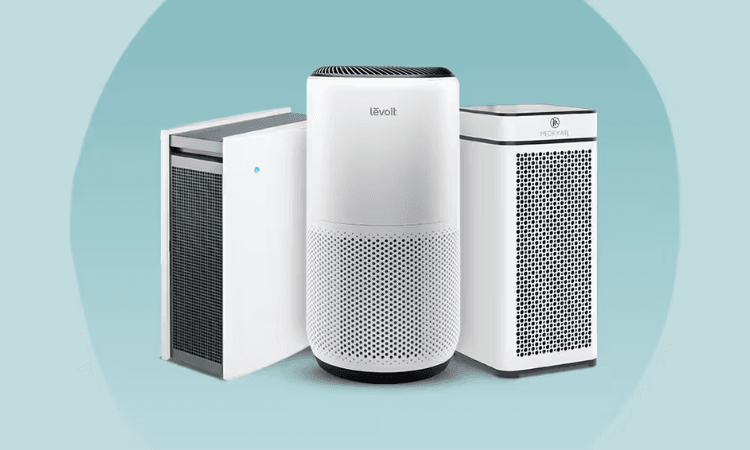
How Air Purifiers Improve Indoor Air Quality
Air purifiers are excellent tools for reducing indoor air pollution. They work by circulating air through filters that trap harmful particles. But how exactly do they help improve air quality? Let’s take a closer look.
Removing Common Indoor Pollutants
Air purifiers effectively capture a variety of indoor pollutants that can impact air quality. They remove fine particles like dust, which can accumulate on surfaces and contribute to allergies. Pollen, a common allergen that can trigger reactions, especially in those with asthma, is also filtered out.
Additionally, air purifiers trap pet dander, tiny particles shed by pets that often cause allergic reactions. Cigarette smoke, along with its harmful chemicals and particles, can be removed, improving air quality for non-smokers. Furthermore, air purifiers help eliminate lingering cooking odors, making the air fresher and more pleasant.
Health Benefits
Using an air purifier offers several health benefits. It can help reduce allergy symptoms by removing allergens such as dust, pollen, and pet dander, alleviating issues like sneezing, itchy eyes, and congestion. For individuals with asthma, air purifiers are particularly beneficial as they minimize irritants that can trigger symptoms, thereby improving respiratory health. Additionally, cleaner air in the bedroom contributes to better sleep quality by reducing allergens and irritants that might otherwise disturb rest.
Air Purifiers and Their Role in Cleaner Homes
In addition to improving air quality, air purifiers play a significant role in creating cleaner, tidier homes. By removing dust and other particles from the air, they help reduce the amount of debris that settles on surfaces.
Cleaner Air, Cleaner Surfaces
Air purifiers help reduce the buildup of dust, pet hair, and other particles on surfaces like furniture, floors, and countertops. This can make cleaning your home easier and less frequent, as there are fewer particles to wipe away.
Air Purifiers for Pet Owners
For pet owners, air purifiers are especially beneficial as pets shed dander and fur that can trigger allergies and asthma. Air purifiers equipped with HEPA filters are particularly effective at trapping pet-related particles, including small dander particles that are often invisible to the naked eye. While fur control is not the primary function of most air purifiers, some models can help reduce pet hair in the air, contributing to a cleaner home environment and making it easier to maintain a healthier living space for both pets and their owners.
Choosing the Right Air Purifier for Your Home
With so many air purifiers available, it can be challenging to choose the right one for your needs. Here are some important factors to consider when making your decision.
Factors to Consider
When choosing an air purifier, consider the room size and coverage area to ensure it is suitable for the space you plan to use it in, as larger rooms require models with higher coverage. Pay attention to the filter type and efficiency; HEPA filters are excellent for removing allergens, while activated carbon filters are better for addressing odors. Noise level is another factor, especially if the purifier will be used in a bedroom or living room where quiet operation is important. Additionally, opting for an energy-efficient model can help reduce electricity costs over time.
Popular Brands and Models
Several well-known brands offer reliable air purifiers. Here are a few options to consider:
- Levoit Core 300: A compact air purifier with a HEPA filter, great for small to medium-sized rooms.
- Honeywell HPA300: Known for its strong performance in larger rooms, this model uses a HEPA filter and helps reduce allergens.
- Dyson Pure Cool: A combination of air purifier and fan, this model is ideal for those who need both air purification and cooling.
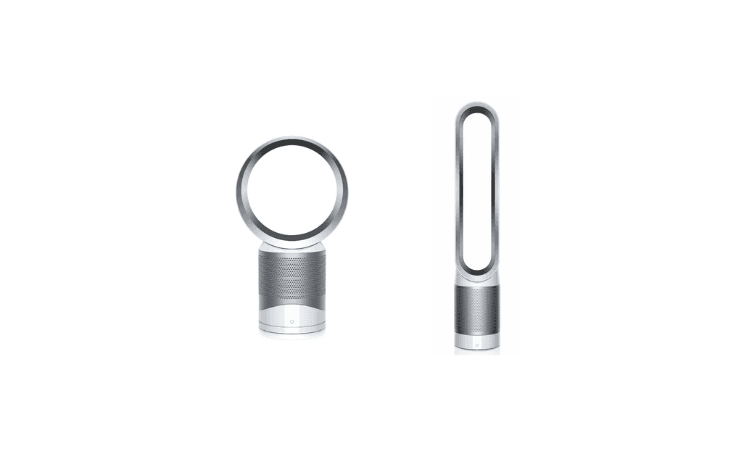
Tips for Maximizing the Effectiveness of Your Air Purifier
To get the most out of your air purifier, proper placement and maintenance are essential. Here are some tips to help you maximize its effectiveness.
Proper Placement of the Unit
To maximize the effectiveness of an air purifier, place it in a central location to ensure optimal airflow and even distribution of clean air. Keep the unit a few feet away from walls or furniture to provide enough space for proper air circulation. Additionally, elevating the purifier can improve air circulation, particularly in rooms with high ceilings.
Regular Maintenance
To keep your air purifier functioning optimally, change the filters regularly according to the manufacturer’s guidelines. Regular cleaning of the unit, including removing dust and debris from both the exterior and interior, helps maintain efficiency and extend its lifespan. If your purifier has built-in air quality sensors, use them to monitor improvements and adjust settings as needed for the best results.
Conclusion
Air purifiers are an effective solution for improving indoor air quality and creating a cleaner, healthier home. By removing allergens, pollutants, and odors, they can help reduce allergy symptoms, improve respiratory health, and contribute to cleaner surfaces. When choosing the right air purifier, consider factors such as room size, filter type, and energy efficiency. Regular maintenance and proper placement will ensure that your air purifier works effectively, providing a cleaner home for you and your family.
